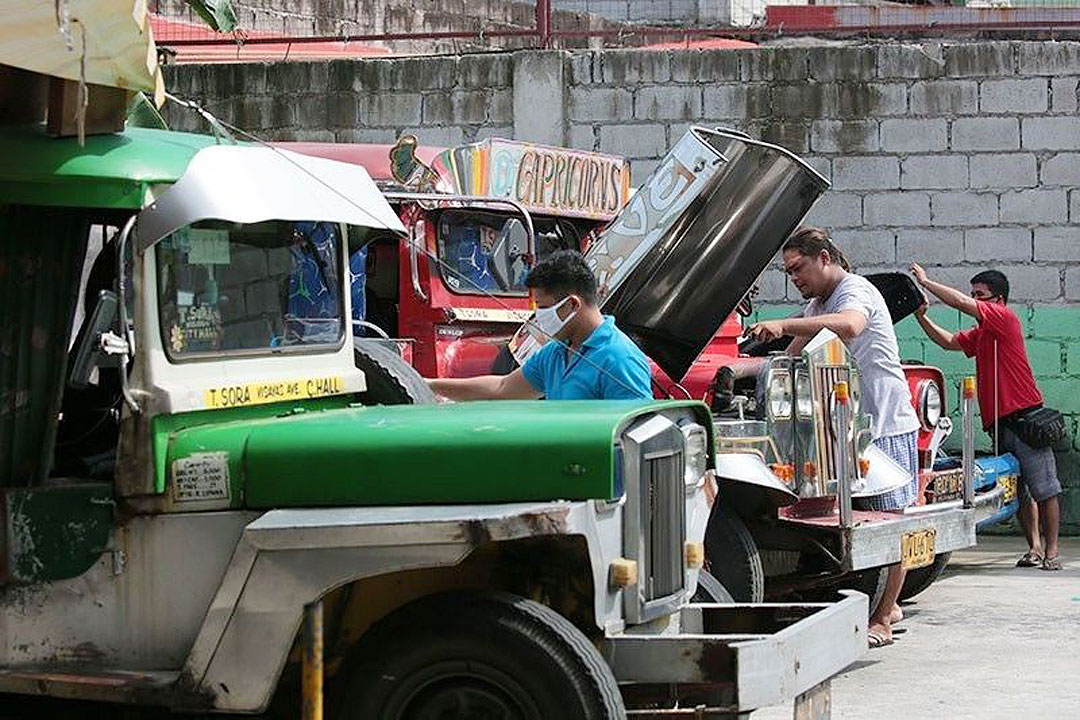FUNDING for the program to support transport workers via a service contracting program was raised to P10 billion from P6 billion in the Senate’s version of the 2022 Budget, though doubts were expressed on whether the Transportation department would be able to disburse the full amount.
Under the service contracting program, drivers and operators of public utility vehicles (PUVs) are paid by the government to ply their routes on a per kilometer basis. The program is meant to offset the effects of the capacity restrictions caused by the pandemic.
During the Monday plenary debates on the P120-billion budget of the Department of Transportation (DoTr), Senate President Pro Tempore Ralph G. Recto expressed his support for the program, but proposed that other agencies might be better able to implement it, citing the DoTr’s low utilization rate for the program’s funding in 2021.
“I agree that we need to help the PUV sector, but I just don’t know if the DoTr is the best agency to do it,” he said.
The 2021 budget for the program includes a P5.5-billion allocation under the second stimulus package, known as Bayanihan II, and P3 billion from the General Appropriations Act (GAA). The department’s disbursement estimates as of Nov. 16 show a utilization rate of only 34.2% from the Bayanihan II funds and 55% for the cash from the GAA.
“Maybe it would even be better if it will be handled by the Department of DSWD (Social Welfare and Development) or the DoLE (Department of Labor and Employment),” Mr. Recto said, noting that DoTr is “very slow in obligating, disbursing all their appropriations.”
Senator Mary Grace Natividad S. Poe-Llamanzares called Mr. Recto’s concerns valid, but said the low utilization was caused by the delays in the Department of Budget and Management (DBM).
The funds were “actually released later, likely FLRs (for late release) of DBM.”
Senators said the DBM may not have treated the program as a priority.
Senator Francis Pancratius N. Pangilinan asked about the number of expected beneficiaries, to which Ms. Poe replied 50,000.
“We hope they are able to identify those who are most in need,” said Mr. Pangilinan during the plenary, noting that smaller operators receive no support because bus operators are given priority.
Ms. Poe said bus operators are higher on the priority list because they can potentially transport more people, and that jeepney drivers are difficult to reach.
“We will make sure to remind the DoTr to include, especially, the most marginalized sectors among the public utility vehicle drivers,” she said. — Alyssa Nicole O. Tan
